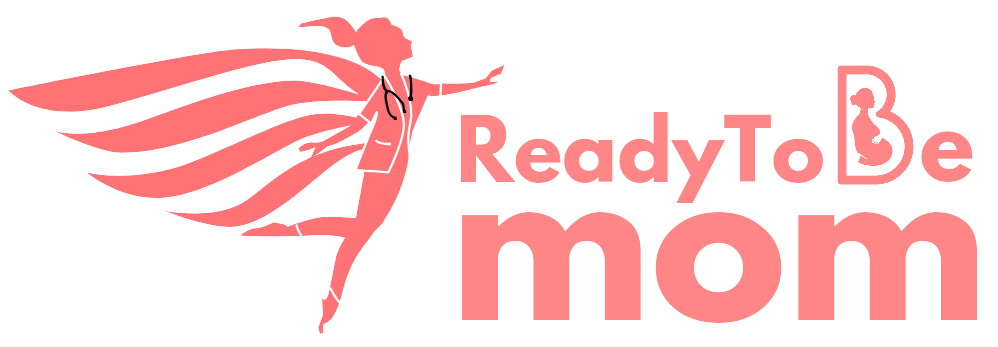Ovulation, a process in which a mature egg is released from the ovary, usually occurs around 12 to 16 days before your period starts, so you may be able to work out when you’re likely to ovulate if you have a regular cycle.
However, there are certain signs and symptoms which indicate ovulation.
- Rise in basal body temperature (BBT) – Your basal body temperature is your temperature when you’re fully at rest. Ovulation may cause a slight increase in basal body temperature. You’ll be most fertile during the two to three days before your temperature rises. By tracking your basal body temperature each day, you may be able to predict when you’ll ovulate. Before ovulation, your BBT averages between 97 °F and 97.5 °F. After ovulation, it rises to 97.6 °F to 98.6 °F.
- High levels of luteinizing hormone – A surge in luteinizing hormone (LH), a hormone that triggers ovulation, causes your ovary to release a mature egg around the second week of each menstrual cycle. A high LH level around this time means that you’re at that moment in your cycle when you’re most likely to get pregnant.
- Cervical mucus – Around ovulation, it is common for cervical mucus or vaginal discharge to increase in volume, while also having the distinct look and feel of raw egg whites. The cervical mucus plays a significant role as it is one of the primary links between hormone signals and fertility. It helps sperm move through the cervix so it can fertilize an egg during ovulation.

- Breast tenderness – Breast tenderness is a secondary symptom of ovulation. Your nipples, and maybe even your breasts, may feel sore or achy around ovulation. The discomfort could range from minor to severe. You might have pain in one or both nipples. It can also cause your breasts to feel heavier, tender, and fuller than usual.
- Bloating – Bloating during ovulation is one of the symptoms of ovulation. While some women experience bloating around ovulation, some have it at different times of the menstrual cycle. It is a mild pressure, swelling, or a feeling of fullness in the abdominal area. The hormonal changes during and after ovulation lead to ovulation bloating.
- Light spotting – Ovulation occurs when the ovary releases an egg and some women experience bleeding and spotting around the time they are ovulating, which is a normal occurrence. Ovulation bleeding happens most often as a result of quick fluctuations in hormones that occur during ovulation. It’s fairly common for women to spot or bleed at some point in their menstrual cycles.
- Slight pain or cramping in your side – Up to 40% of women experience pain and discomfort during ovulation. The pain can last from a few minutes to 48 hours. Women may experience different symptoms of ovulation pain, including uncomfortable pressure, twinges, sharp pains, cramps or strong pain in the lower abdomen. Some women get a one-sided pain in their lower abdomen when they ovulate.
Combining these methods can give you a more accurate picture of your ovulation cycle. However, it’s important to remember that ovulation can vary from month to month, so tracking your cycle over time can help you identify patterns and predict your most fertile days. Also despite doing all these methods it is still not accurate to track your ovulation





